Mosquito-Chameleon Interactions: A Neglected Frontier in Reptilian Disease Ecology
By Petr Nečas
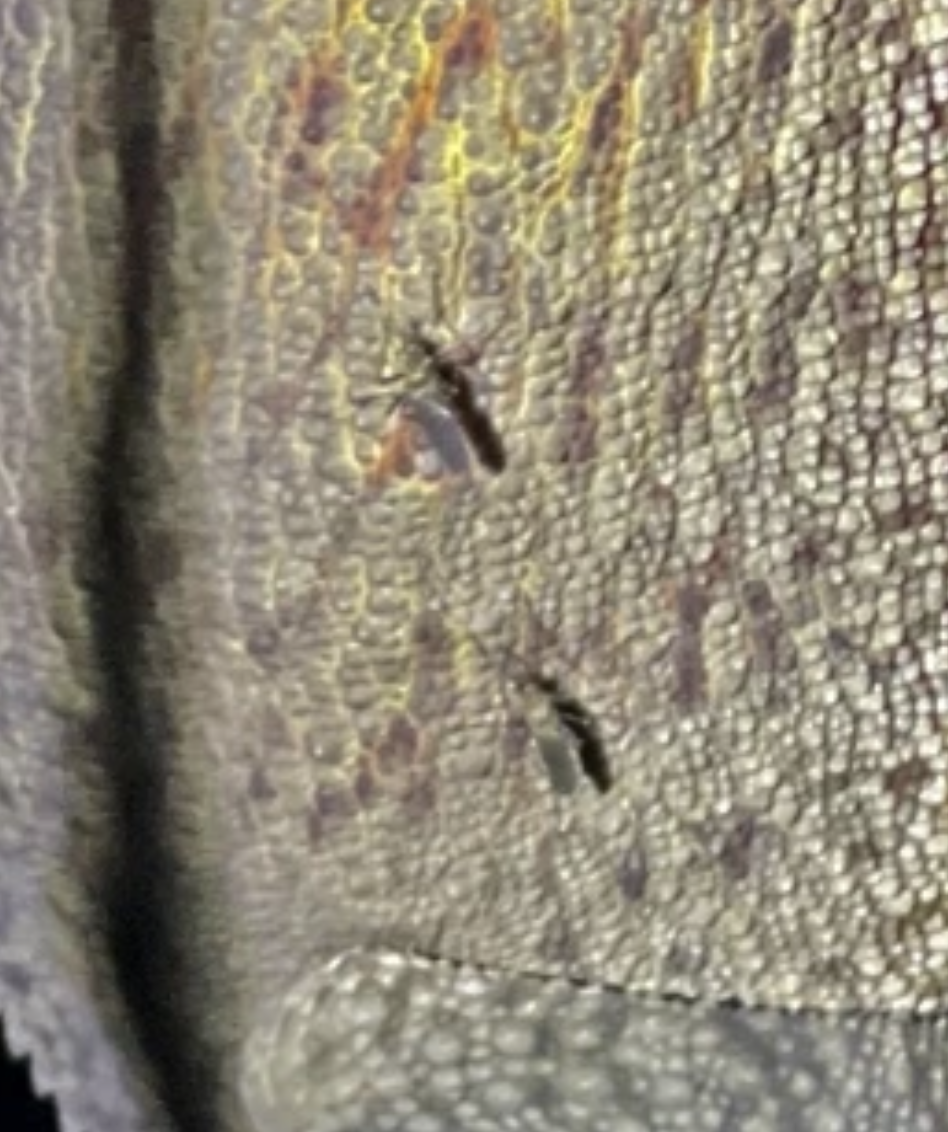
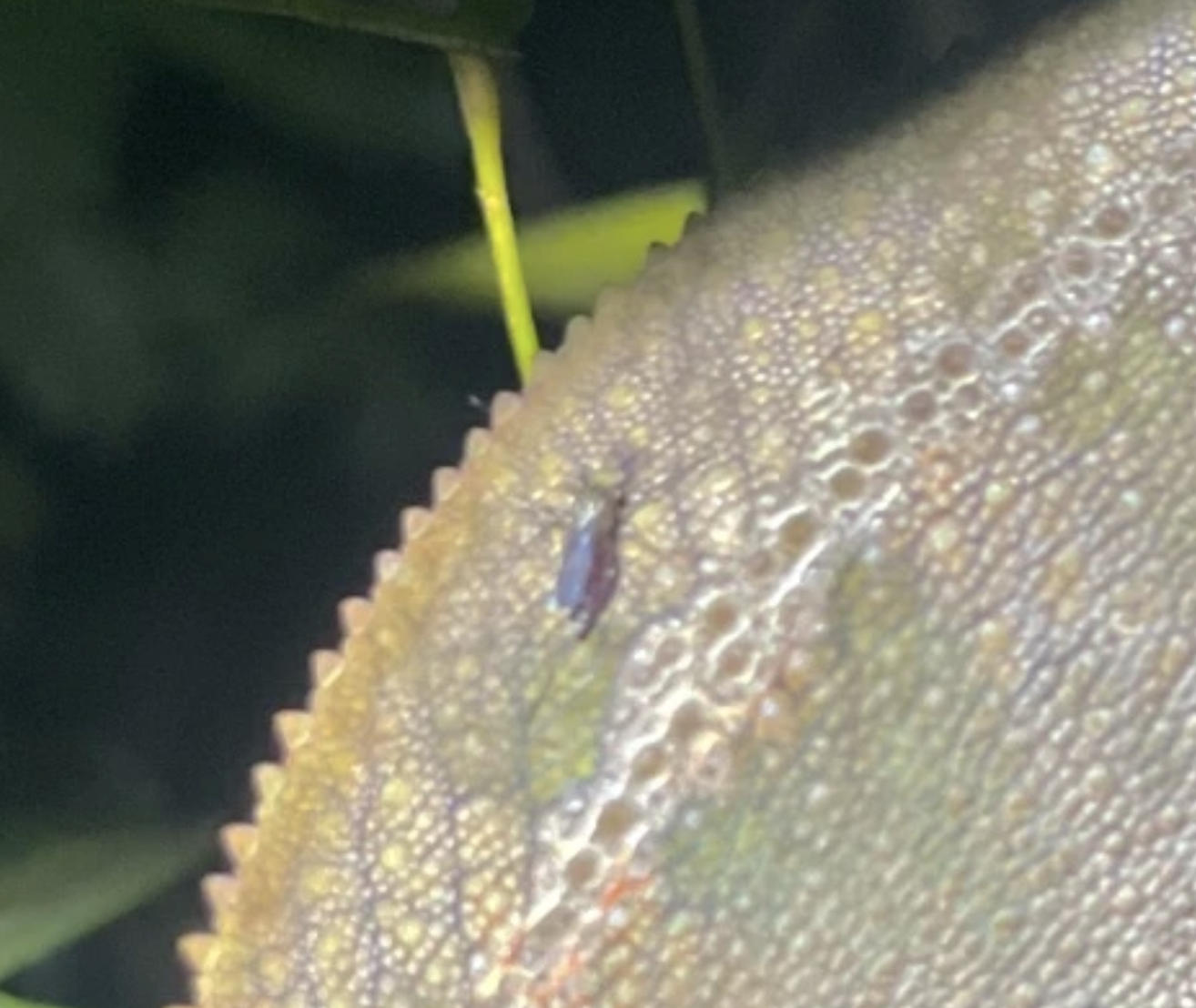
Furcifer oustaleti, Mahjanga, pictures Petr Nečas
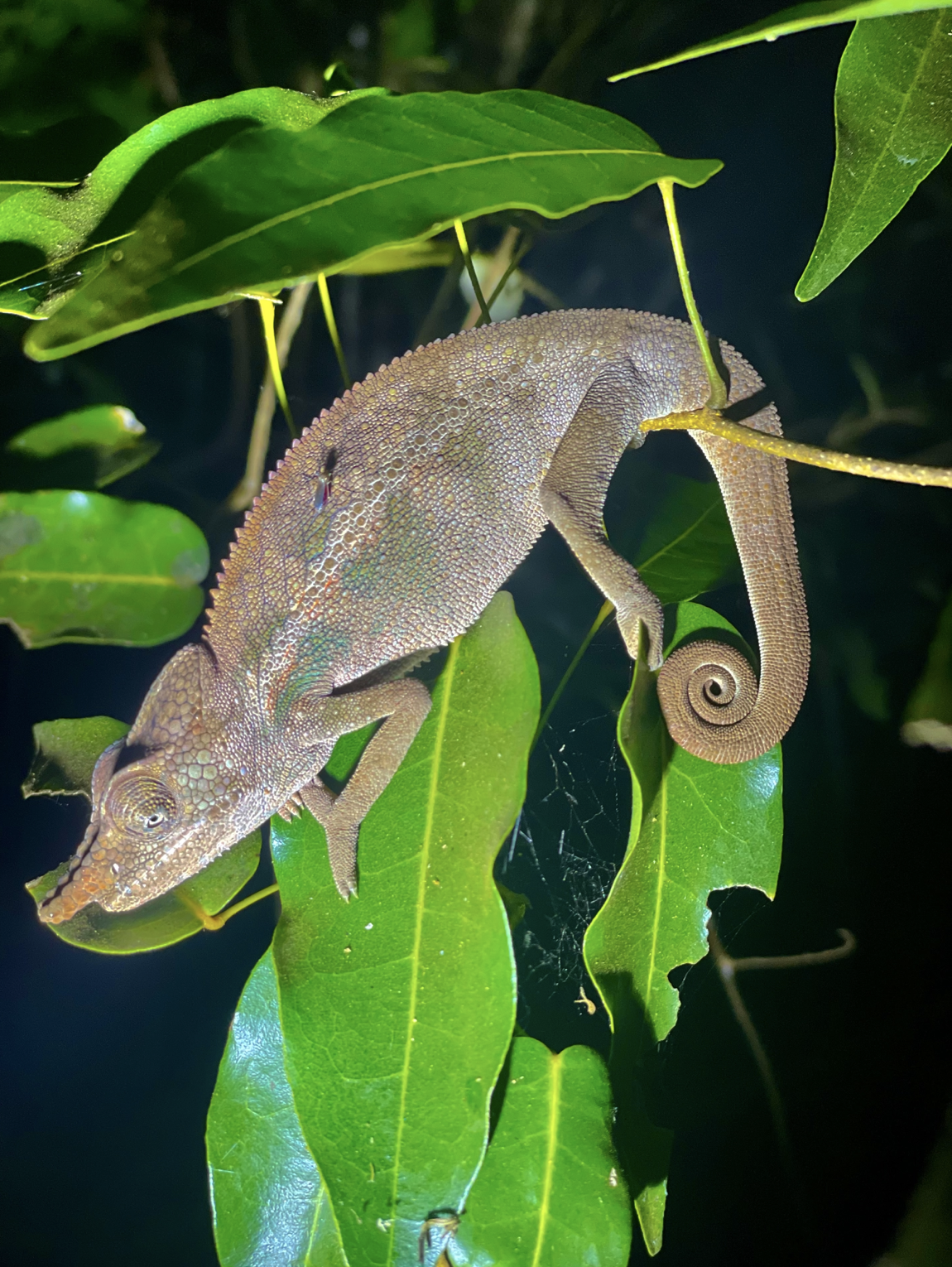
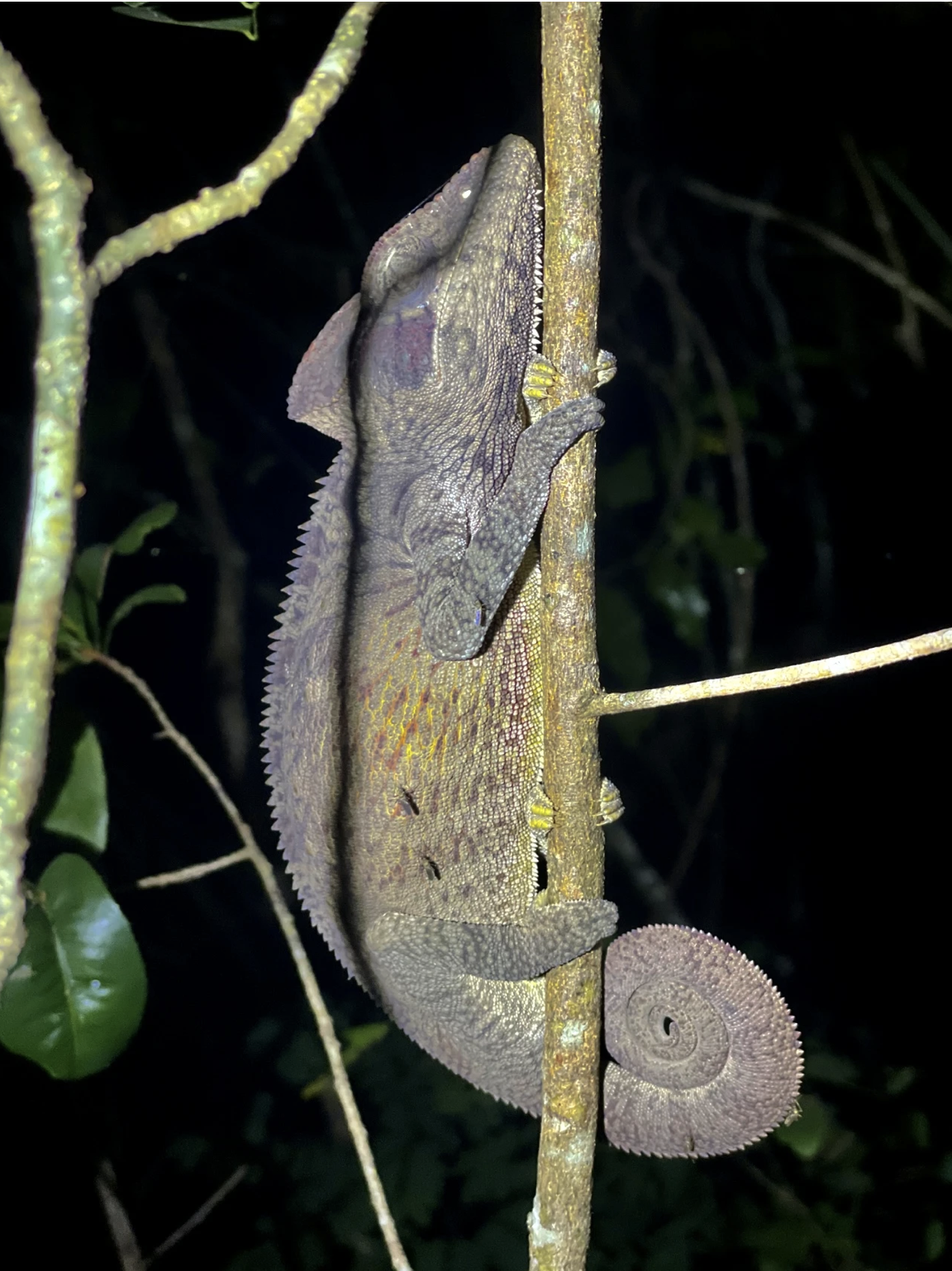
Furcifer angeli, Mahjanga, pictures courtesy Andry Rakotohavana
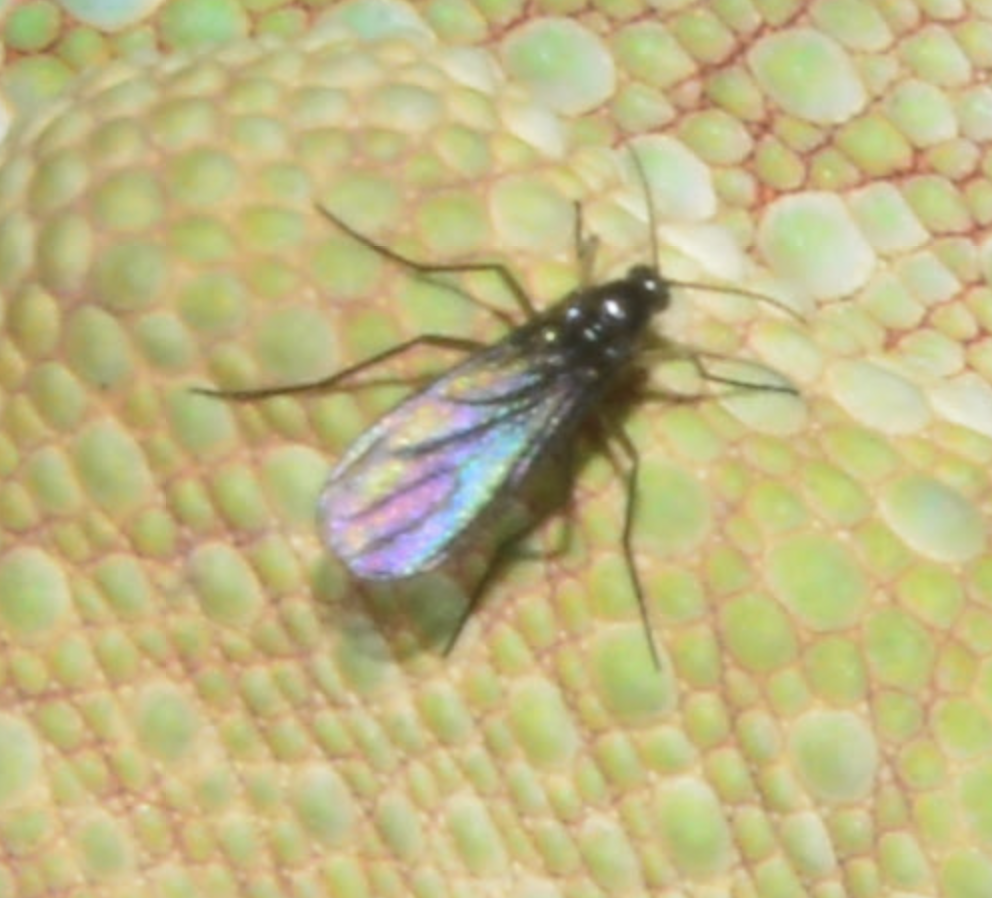
Bibionid Fly (Family: Sciaridae) not all flies sitting o a cham suck blood Furcifer oustaleti Tamatave region, Madagascar
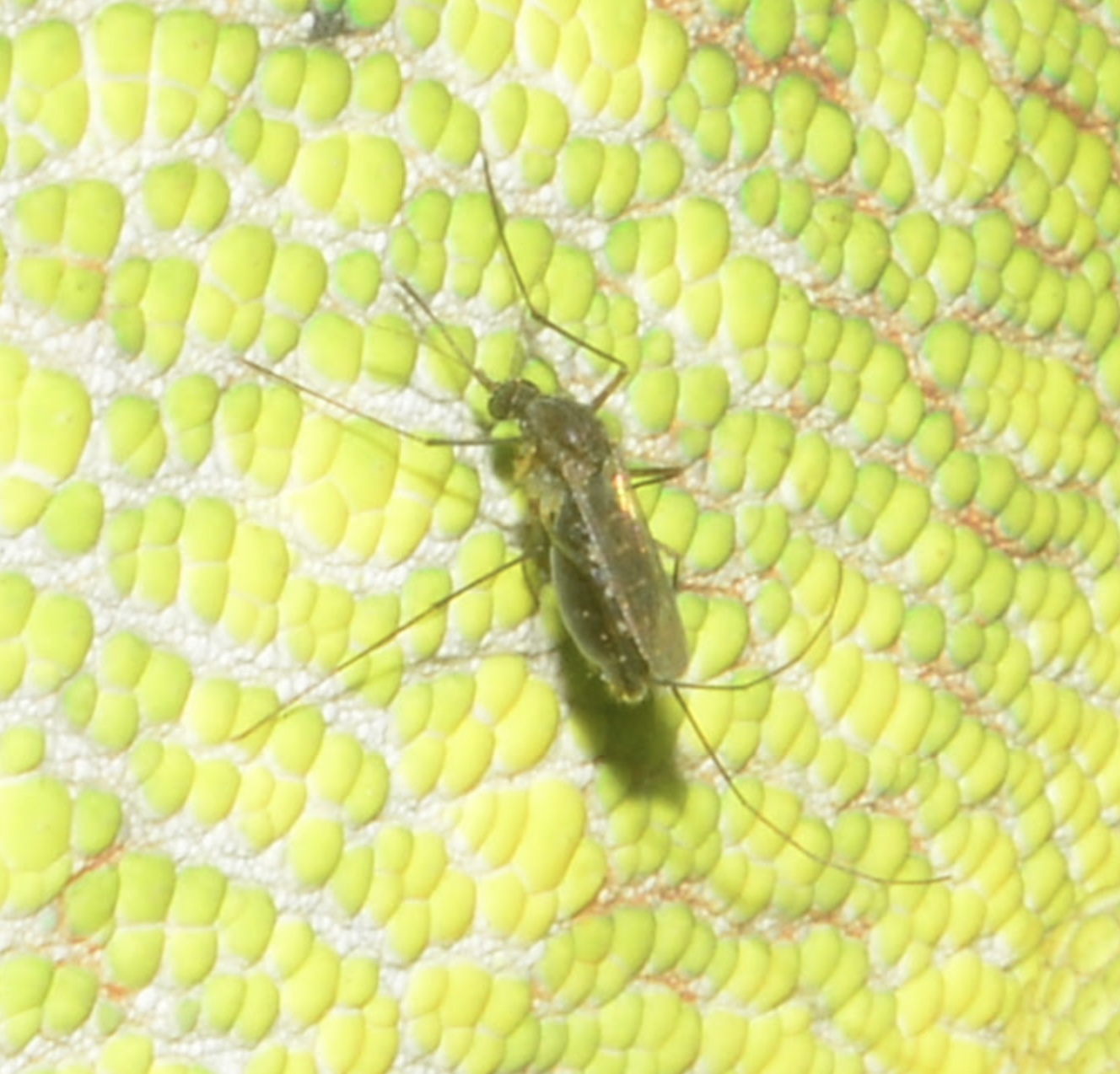
Furcifer oustaleti Tamatave region, Madagascar
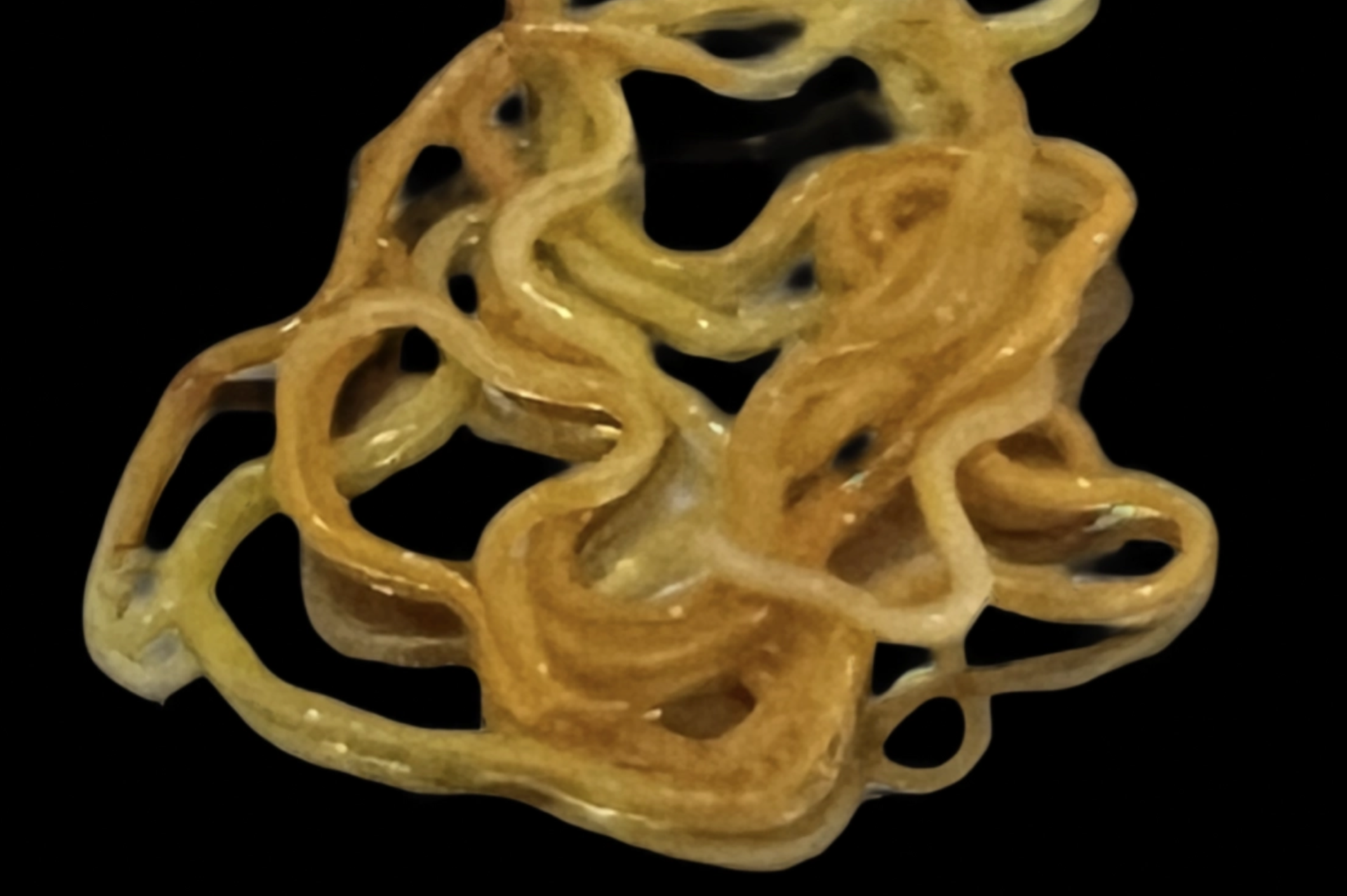
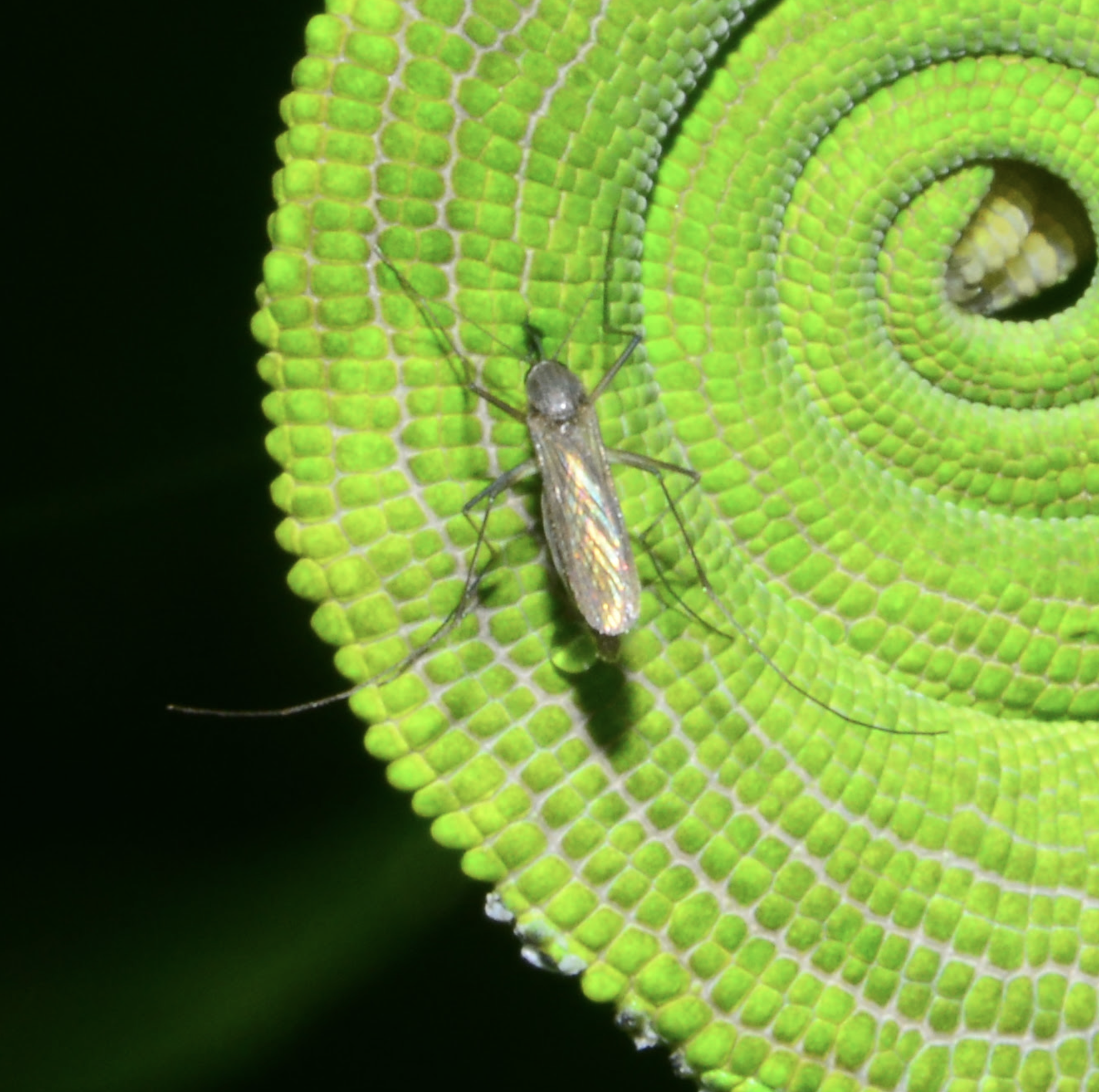
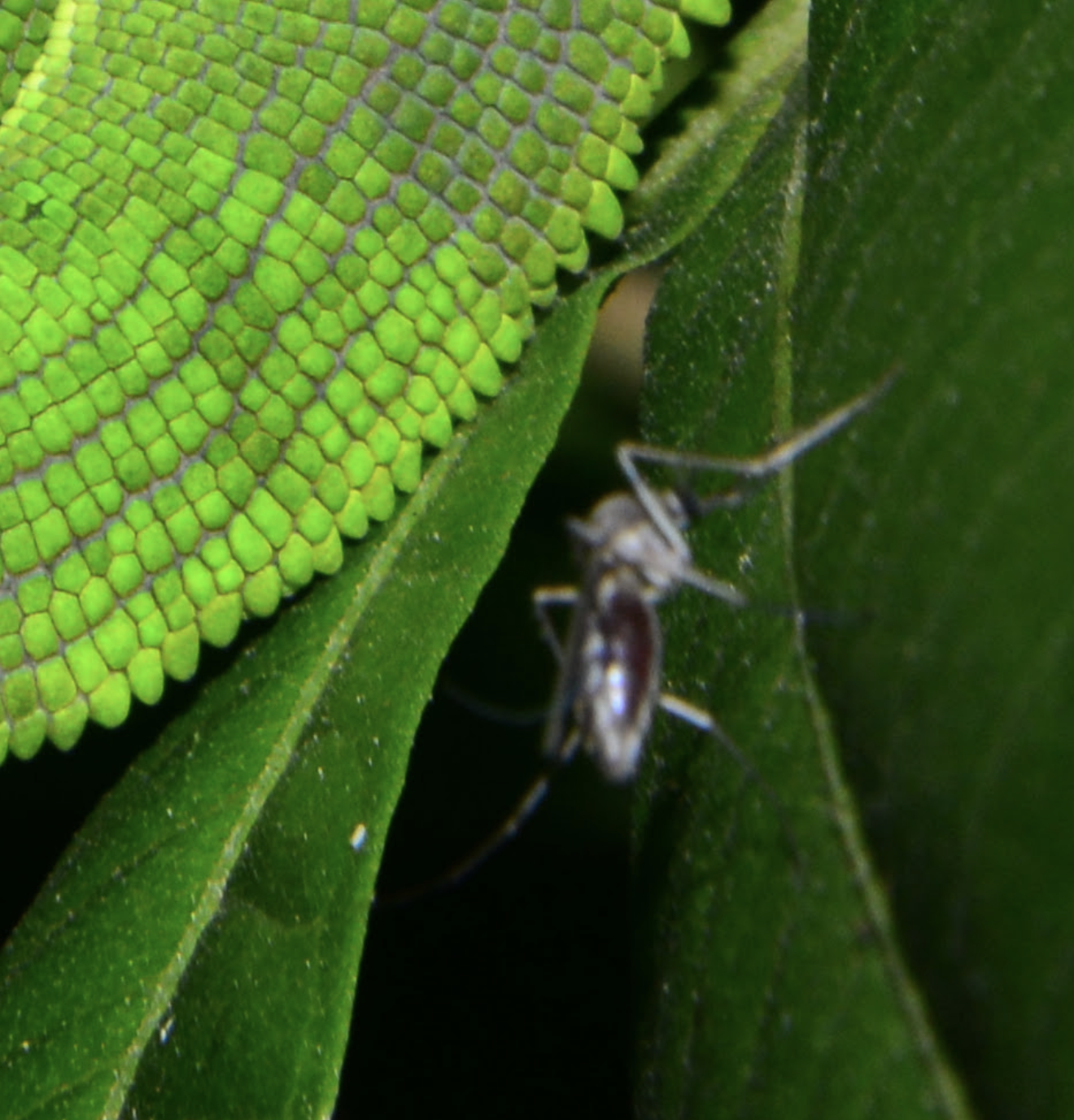
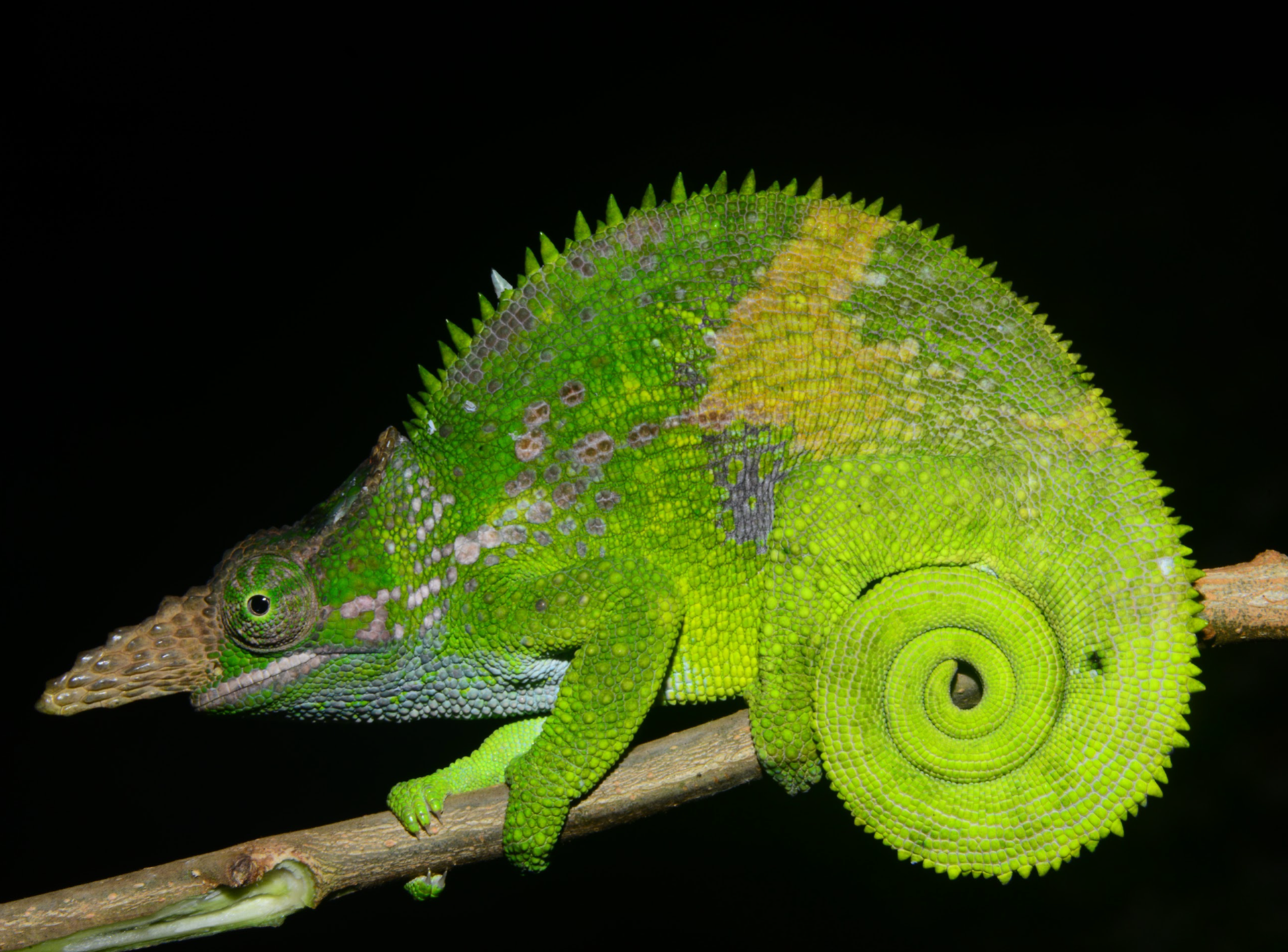
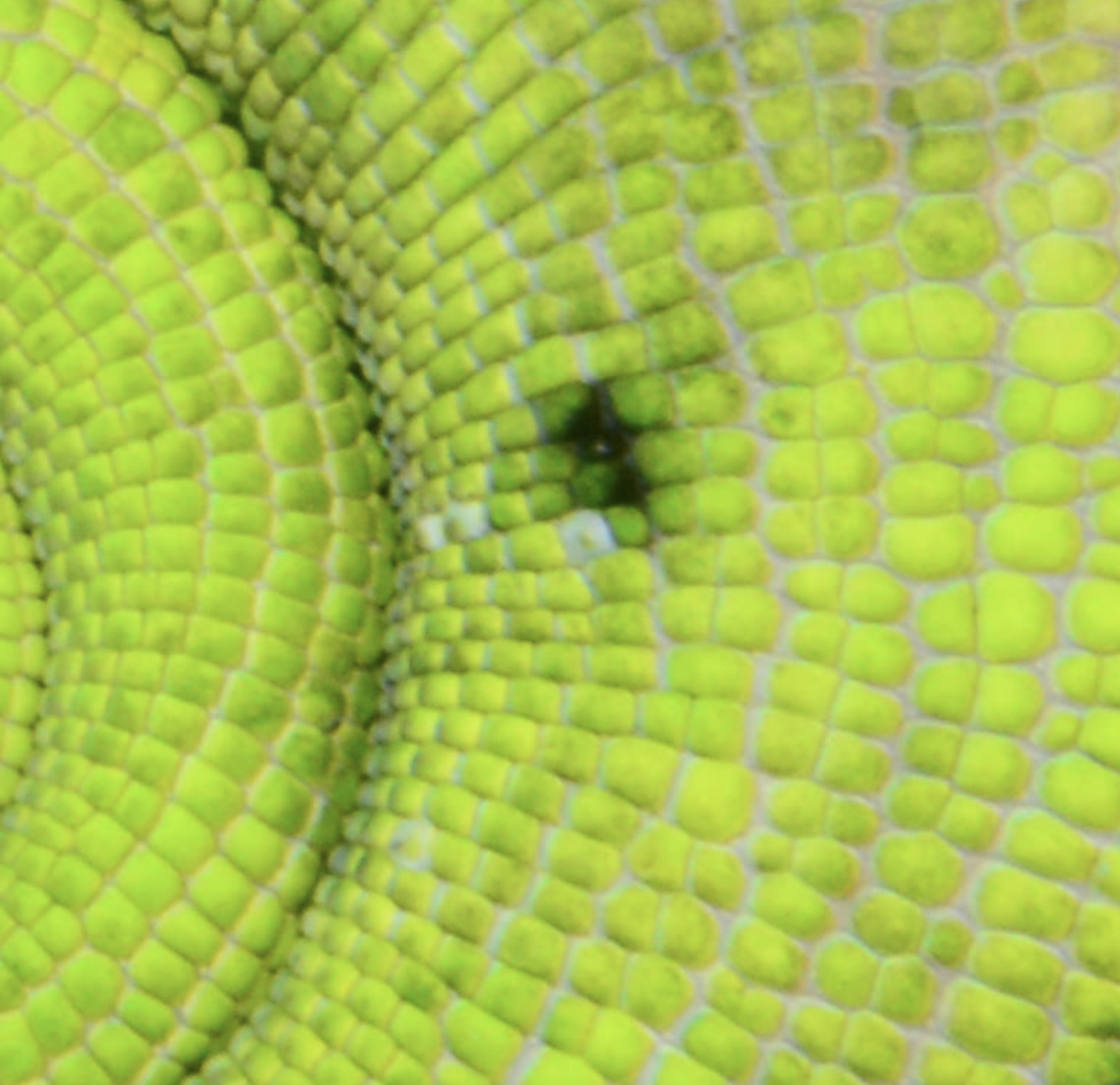
Abstract
Mosquitoes are globally recognized as vectors of disease among humans and mammals, but their interactions with reptiles, particularly chameleons, are poorly documented despite ecological relevance. This article examines the dynamics of mosquito feeding behavior in forest ecosystems, assesses the potential for parasite transmission to chameleons, and explores the broader ecological consequences. Emphasis is placed on parasites such as Plasmodium, filarial nematodes, and protozoans resembling Leishmania. Chameleons may function as incidental hosts, especially in fragmented habitats experiencing anthropogenic pressures. Understanding these interactions is essential for reptilian conservation biology and emerging disease surveillance.
Keywords: chameleons, mosquito vectors, reptilian parasitism, Plasmodium, Madagascar, disease ecology, filarial worms
Introduction
The ecological relationship between mosquitoes (Culicidae) and vertebrate hosts has been extensively studied in medical and veterinary contexts, yet reptiles represent a taxonomic blind spot in vector biology. Chameleons (family Chamaeleonidae), mostly endemic to Madagascar, exhibit arboreal behaviors and diurnal activity patterns that expose them to mosquito bites. Their exposed perching behavior in humid forest environments may render them vulnerable to opportunistic hematophagous insects. Understanding the depth of mosquito-chameleon interactions requires not only documenting feeding encounters but also assessing disease transmission potential and ecological consequences.
Mosquito Feeding Behavior and Chameleon Exposure
Mosquitoes feed primarily on blood to support female egg production, using specialized mouthparts to access capillaries in vertebrate hosts (Dhiman and Singh 2024). Though many species are mammalophilic or ornithophilic, feeding flexibility allows them to target reptiles under suitable ecological conditions. Chameleons, slow-moving and often stationary in vegetation, may be attractive targets for blood meals. Garrido et al. (2024) note that mosquito host selection is influenced by availability, proximity, and host defensiveness, traits that likely apply to chameleon species across Madagascar's fragmented forest mosaics.
Mosquito Bite-Induced Melanic Color Change in Chameleons
Recent research has revealed that mosquito bites can trigger localized melanic pigmentation in chameleon skin, resulting in visible black dots at the site of feeding. This phenomenon was first observed through citizen science platforms such as iNaturalist, where images of Calumma globifer, Furcifer minor, and Chamaeleo calyptratus showed radial black discoloration following mosquito contact (Garcia & al. 2023).
Controlled laboratory experiments confirmed that bites from Aedes albopictus and Culex quinquefasciatus induced black spots in Furcifer lateralis, while mechanical punctures with hypodermic needles did not produce the same effect. Interestingly, Furcifer oustaleti did not exhibit this response, suggesting species-specific sensitivity to mosquito saliva.
The underlying mechanism remains speculative but may involve salivary proteins acting as local anesthetics, nitric oxide (NO) induction, or disruption of chromatophore regulation. Mosquito saliva contains over 100 proteins, many of which modulate host immune responses, vasodilation, and pigment dispersion (Garcia & al. 2023). The black dots likely result from melanophore activation triggered by biochemical compounds introduced during feeding.
This discovery adds a new dimension to mosquito-chameleon interactions, highlighting not only the potential for parasite transmission but also direct physiological effects on host skin. It underscores the need for further research into the dermatological and immunological consequences of mosquito bites in reptiles.
Parasites and Pathogen Transmission
Plasmodium spp. and Reptilian Malaria Species of Plasmodium, the malaria-causing genus, infect a broad range of vertebrates, including reptiles. While reptile-specific Plasmodium strains differ from those affecting mammals, their life cycles still involve mosquito vectors such as Culex and Anopheles (Kimura et al. 2010). In lizards and snakes, infection can lead to lethargy, anemia, and reduced fertility. Chameleons may likewise harbor these parasites, particularly in mosquito-rich, lowland habitats. Whether disease manifestations mirror those in other reptiles is unclear due to the paucity of targeted screening studies.
Filarial Worms in Reptilian Hosts Filarial nematodes, including Dirofilaria spp., are primarily mammalian parasites but can occasionally infect reptiles. McCarroll and Hemingway (2002) demonstrated that mosquito vector competence can be influenced by insecticide resistance status, which may indirectly affect parasite transmission in ecotones shared by chameleons and livestock. Systemic infections in reptiles may result in chronic inflammation, cutaneous symptoms, or organ failure.
Protozoans and Mosquito-Mediated Transmission While Leishmania protozoans are generally transmitted by phlebotomine sandflies, Garrido et al. (2024) highlight that some mosquito species may act as accidental or mechanical carriers under specific conditions. Reptilian exposure to related protozoans could result in skin lesions, visceral complications, or immune suppression. This possibility remains speculative but warrants investigation in tropical forest systems where vector overlap is frequent.
Ecological Implications and Habitat Interactions
Mosquito-chameleon dynamics are intricately tied to environmental health. Habitat degradation from agriculture, mining, and deforestation increases mosquito breeding sites and forces chameleons into edge environments. In Madagascar's SAVA region, vanilla plantations near remnant forests provide conditions for mosquito proliferation, increasing vector-host contact rates. The microbiota within mosquitoes, including Wolbachia endosymbionts, may suppress or enhance parasite transmission, complicating ecological modeling and vector management strategies (Garrido et al. 2024).
Vector pressure in disturbed habitats can also exert evolutionary pressure on chameleon physiology. Chronic exposure may select for changes in dermal structure, pigmentation, or immune resistance. Conversely, mosquitoes may adapt to reptilian hosts, modifying their host-seeking behaviors or enhancing salivary gland traits to optimize transmission.
Research Priorities and Conservation Relevance
Despite suggestive evidence, empirical data on mosquito-chameleon interactions remain sparse. Priority actions include:
Field sampling of mosquito species from chameleon habitats
Molecular detection of Plasmodium and filarial DNA in chameleon blood
Behavioral studies on mosquito host selection in mixed-vertebrate habitats
Integration of vector microbiome research to assess pathogen modulation
Such research could yield insights into emerging disease threats, inform conservation of endemic reptile populations, and guide vector control in wildlife settings.
Conclusions
Mosquitoes are not merely nuisances to chameleons, they may act as stealthy mediators of parasitic transmission in forest ecosystems. While chameleons are not primary reservoirs for most mosquito-borne pathogens, they are ecologically vulnerable to incidental infection, particularly as habitats fragment and vector ranges expand. Addressing this knowledge gap will enhance our understanding of reptilian disease ecology and support conservation efforts in biodiversity hotspots.
References
Dhiman, R. C. & P. Singh. 2024. Mosquitoes as Disease Vectors and Underlying Factors for Transmission. SpringerLink. https://link.springer.com/chapter/10.1007/978-981-97-4163-2_10
Garcia, P., R. E. Diaz Jr., C. V. Anderson, T. M. Andrianjafy, L. de Beer, D. A. Edmonds & R. M. Carney. 2023. Mosquito bite-induced color change in chameleon skin. Herpetological Review 54(3):353–358.
Garrido, M., G. Minard, J. Veiga & J. Martínez-de la Puente. 2024. Editorial: Ecological interactions between mosquitoes and their microbiota: implications for pathogen transmission. Frontiers in Microbiology 15. https://doi.org/10.3389/fmicb.2024.1395348
Kimura, M., R. Darbro & A. S. Koella. 2010. Plasmodium transmission differs between mosquito species and parasite lineages. Parasitology 137(6):1023–1031. https://www.cambridge.org/core/journals/parasitology/article/plasmodium-transmission-differs-between-mosquito-species-and-parasite-lineages/7A71241F6C95735ADC486D6098AA53E9
McCarroll, L. & J. Hemingway. 2002. Can insecticide resistance status affect parasite transmission in mosquitoes? Insect Biochemistry and Molecular Biology 32(11):1345–1351. https://archive.org/download/wikipedia-scholarly-sources-corpus/10.1016%252Fs0965-1748%252802%252900097-8.pdf

